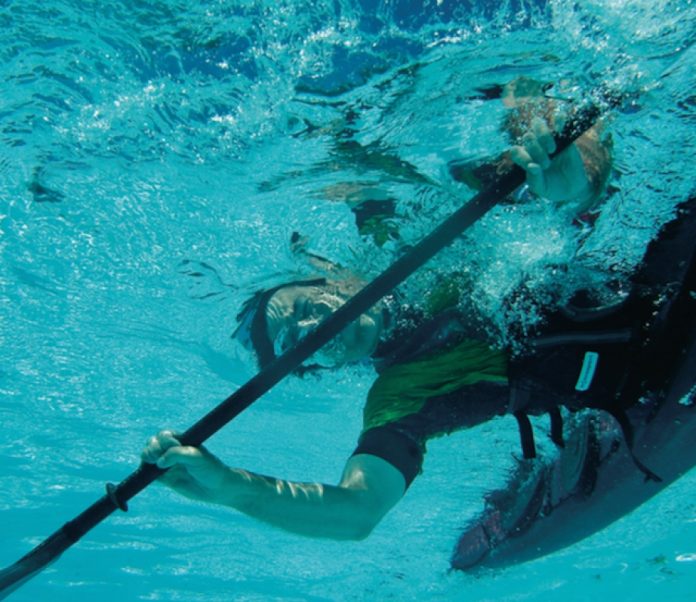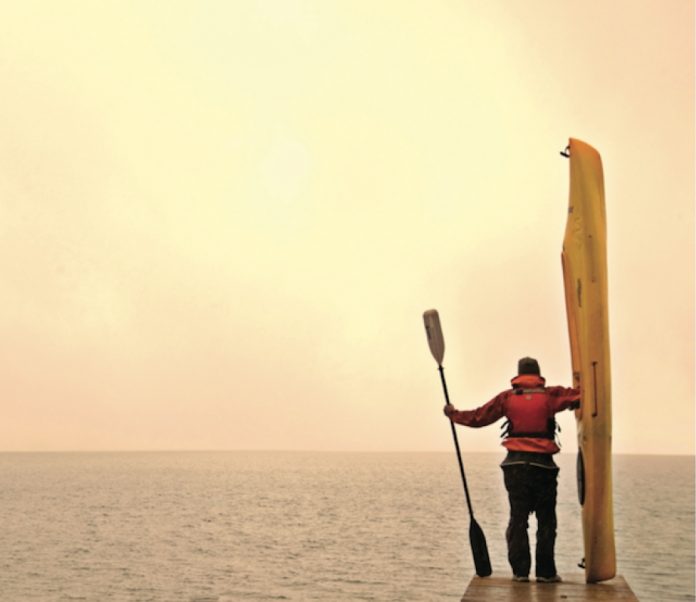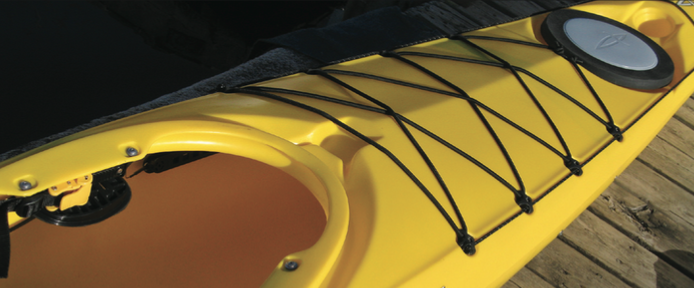This is me, July, 1974. I’m fishing in the pond on my grandfather’s farm. Cute, isn’t it? My earliest memories are of fishing in this pond, but I can’t remember ever catching anything. After bombarding my parents with questions, they’ve finally admitted there weren’t any fish in the pond.
That didn’t stop me (although it may have, had I known) from sitting there for hours and even making up elaborate fish stories with all the determination and imagination of a three-year-old sitting on a cherry pail, worm on hook.
There is an allure to fishing that kids can’t explain and grownups shouldn’t ignore.
The fishing industry—a massive group of grownups who still pretend to be kids—has figured out that hooking real kids on fishing while they are young is the secret to the industry’s long-term survival and the long-term survival of fish populations as we know them. They know, for instance, that the likelihood of kids fishing, buying rods and giving cash to conservation groups as adults is far more likely if they are exposed to fishing at an early age.
This is why you’ll find Zebco Finding Nemo rod and reel combos at Wal-Mart. It should also be a statistical wake up call for us parents. Analyzing the data another way, if you are looking forward to going fishing with your sons and daughters when you retire, your chances are significantly greater if you take them fishing now.
My son just turned two years old. For his birthday I gave him his own Plano tackle box with a couple of Rapalas, spinners, spoons (all with the hooks removed, of course) and a dozen rubber worms. Instead of cheap, crappy toys from a dollar store that so many parents get sucked into buying, he and I go shopping for tackle. It is something he loves, it isn’t broken by the time we get home and it’s planting the seed for a lifetime of fishing together.
Planting seeds on a larger scale, the Canadian National Sportfishing Foundation’s awareness campaign, Catch Fishing, is all about getting youngsters into fishing. One of their posters hangs in my local general store. Staring at every parent buying 20 bucks’ worth of gas or lottery tickets is a six-year-old with a big toothy grin holding a beautiful walleye.
What’s the message?
Recreational fishing is an excellent outdoor activity that fosters family values and can assist children in their emotional and social development. What that really means is, if you really want to win big this summer take your sons and daughters fishing. Go during the official National Fishing Week, July 1 to 8, or go whenever you can.
And one more bit of advice from a guy who knows: take them somewhere there are fish.
 This article first appeared in the Summer 2007 issue of Canoeroots Magazine.
This article first appeared in the Summer 2007 issue of Canoeroots Magazine.



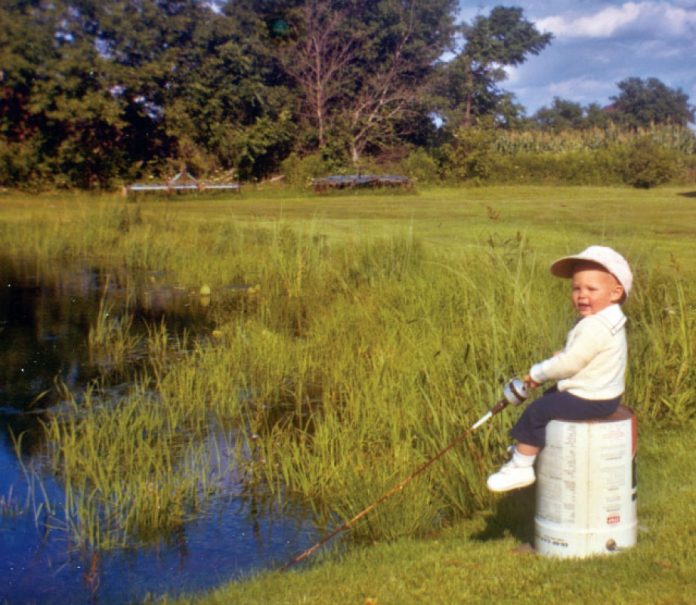
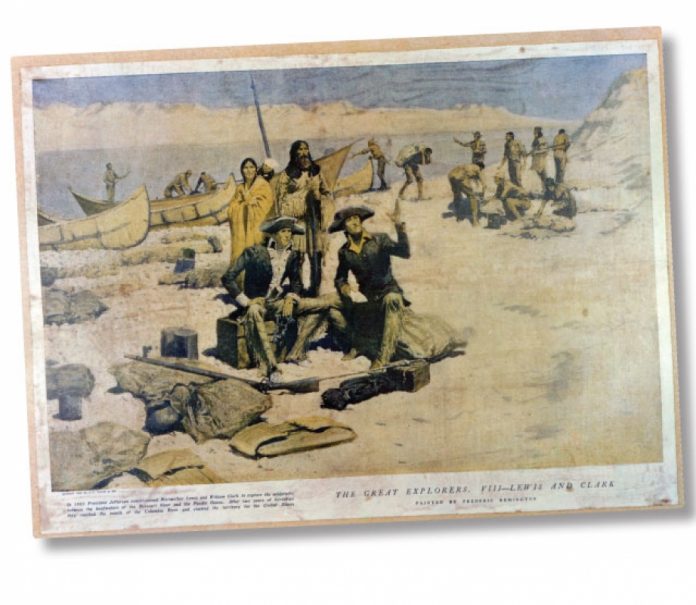
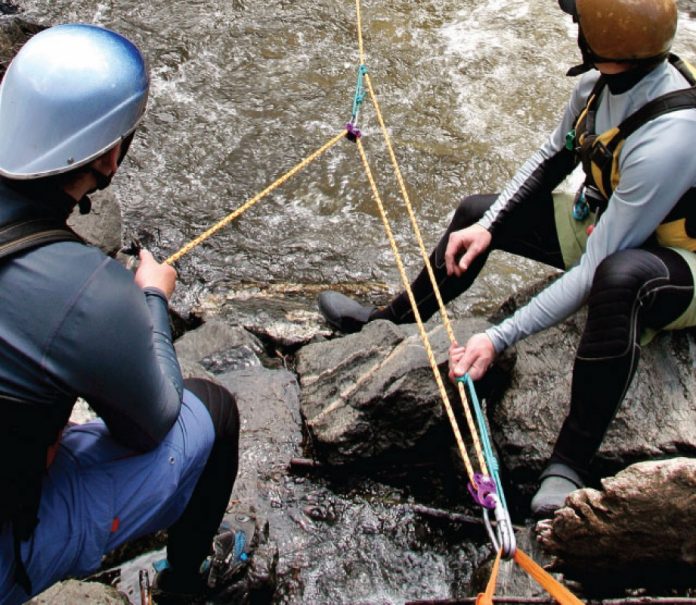
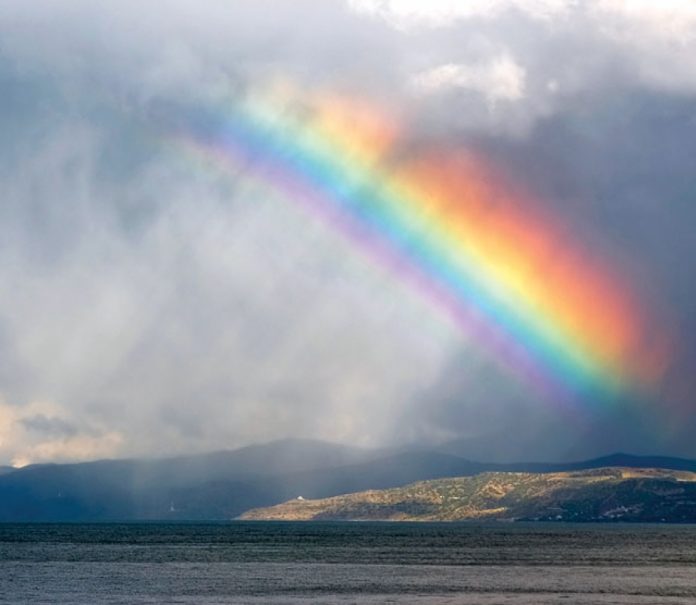

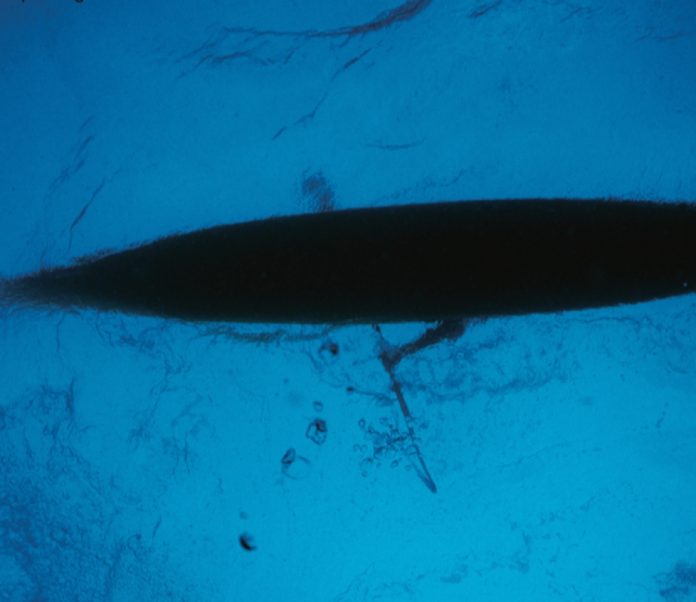
 This article first appeared in the Early Summer 2007 issue of Adventure Kayak Magazine. For more great content, subscribe to Adventure Kayak’s print and digital editions
This article first appeared in the Early Summer 2007 issue of Adventure Kayak Magazine. For more great content, subscribe to Adventure Kayak’s print and digital editions 